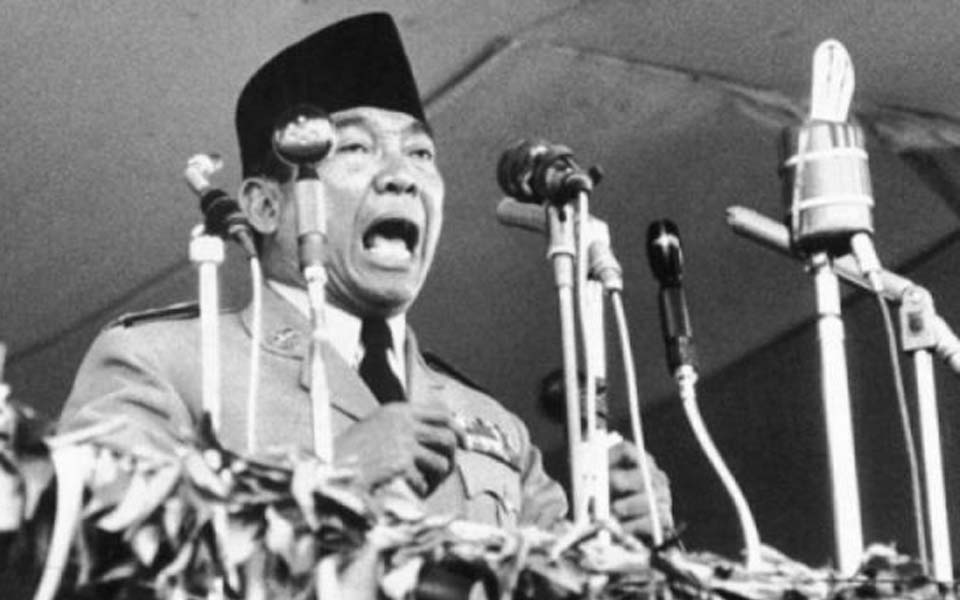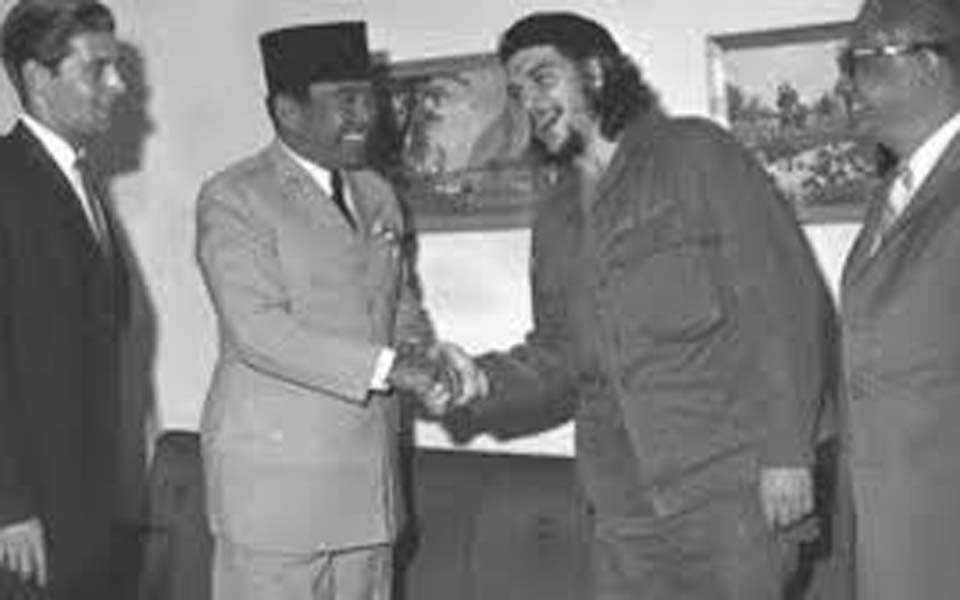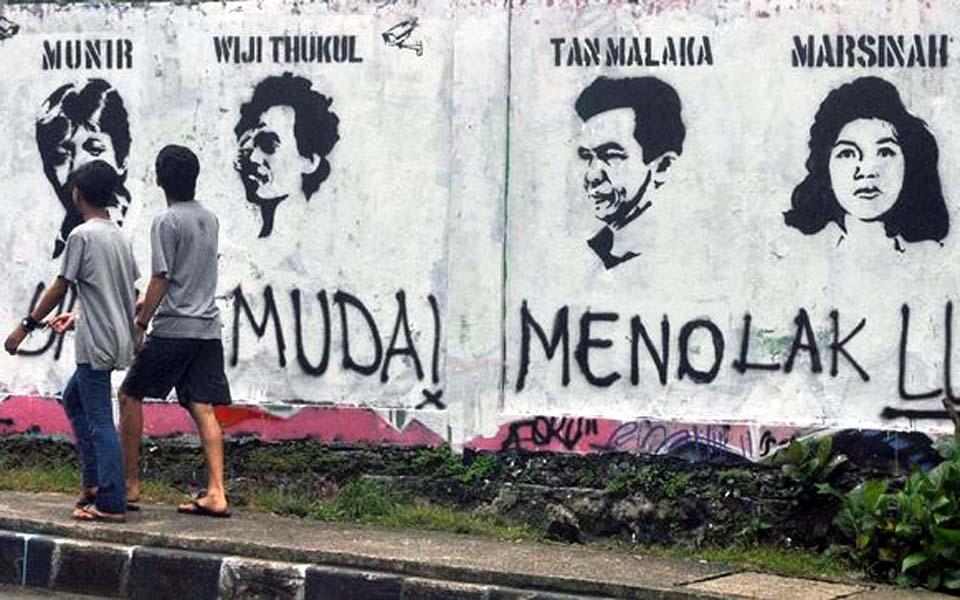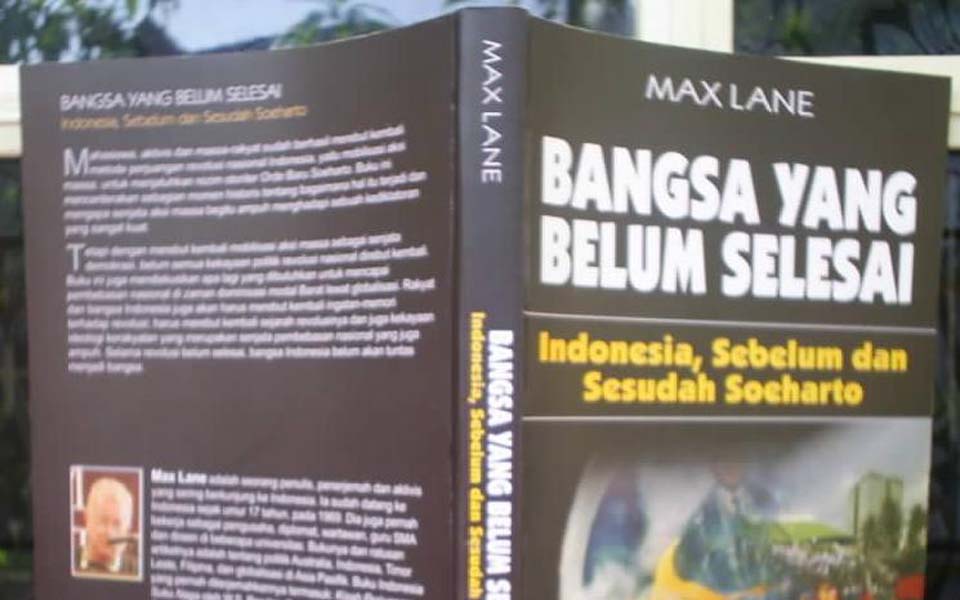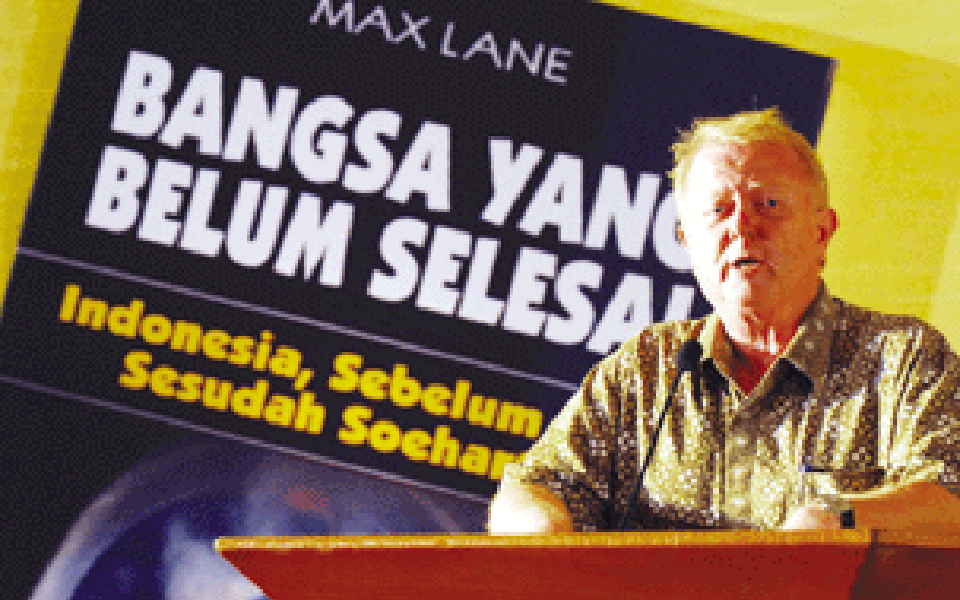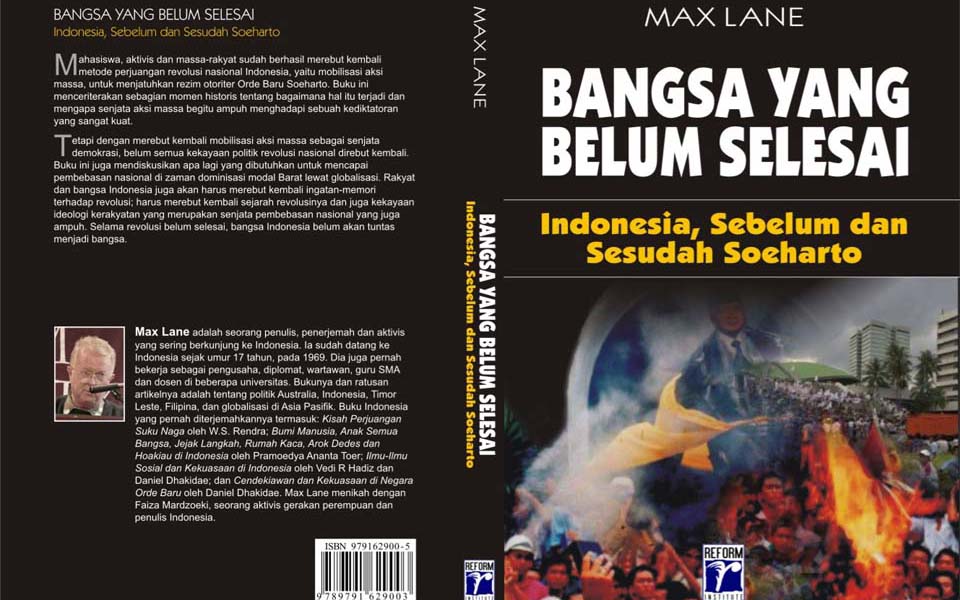Budiarto Shambazy – On April 12, 1963 rebels in Brunei were involved in an armed contact with British troops in North Kalimantan. The “rebels” (the TNI or Indonesian National Defense Force, Indonesian volunteers and Brunei opposition) launched a subversive rebellion against the sultanate that was considered a British puppet.
This was the first armed contact during the policy of Konfrontasi1 that had been going on since 1965. The Konfrontasi campaign was trigged by a British plan to maintain its colony by means of forming the Malaysian Federation that consisted of Malaysia, Borneo (Sabah and Serawak), Brunei and Singapore.
The agreement to establish the federation was signed in November 1961 and independence was agreed to on August 31, 1963. Jakarta opposed the plan and Foreign Affairs Minister Subandrio announced the policy of Konfrontasi on January 20, 1963.
Bung Karno (Brother Karno, Indonesia’s founding President Sukarno) developed the doctrine of Nefos (New Emerging Forces). After Bung Karno succeeded in expelling the Dutch from West Irian his target shifted to the British in Malaysia.
He suspected that the formation of the federation would create an opening for the British domination of South East Asia. Moreover London had already formed a brigade, two battalions and airforce and navy units totalling more than 60 thousand personnel.
There was also the ANZUS military treaty (Australia, New Zealand and the United States). If all of this was still not enough, Britain also wanted to establish a military base in Singapore.
It was the issue of the military base in Singapore that infuriated Bung Karno. He had still not forgotten how they had been “overrun” by the West when they channeled funds and weapons for the PRRI/Permesta rebellions in 1957-19582.
The PRRI/Permesta was a conspiracy that involved the US, Britain and Australia using SEATO (Southeast Asia Treaty Organisation) military facilities in the Philippines and Thailand to overthrow Bung Karno.
Bung Karno was reluctant to escalate Konfrontasi into a direct war with Britain because they were certain to loose. He preferred to fan the flames of a limited conflict while launching diplomatic pressure against Malaysia.
This was the reason that he supported the rebellion in Brunei. On the international stage, he endeavored to take advantage of the tri-polar rivalry between the US, the Soviet Union and China for the benefit of the Konfrontasi campaign.
Malaysia officially became a federation in 1963 and immediately received military support from Britain, Australia and New Zealand. With his remaining forces, Bung Karno continued to try to achieve a consensus through the planned formation of Maphilindo (Malaysia, Philippines and Indonesia) before his political position was hemmed in domestically.
During the era of Guided Democracy (1959-1965)3, Bung Karno cleverly played off the balance of forces between the two largest political forces, the Indonesian Communist Party (PKI) and the TNI for his own benefit. Bung Karno understood that the PKI was the largest communist party outside of China and the Soviet Union and the TNI was the strongest and most anti-PKI nationalist organisation.
There have been many studies conducted into Bung Karno’s policy of Konfrontasi. However John Subritzky’s book titled Confronting Sukarno (2000) is more specific because it focuses on the diplomacy of the US, British, Australian and New Zealand in the face of the Konfrontasi between 1961-1965.
Indonesia was strategically located because it had become the center of inter-continental sea traffic. The Superpower countries as well countries in the Asia Pacific had to concede that Indonesia was an important country. Bung Karno was the founder of the Non-Aligned Movement, its military was strong, it had natural wealth and a population of 100 million people.
US President John F Kennedy (1961-1963) wanted Indonesia to remain “non-aligned” while putting forward the idea of the New Pacific Community to unite the Asia Pacific region. Kennedy as well as his replacement, President Lyndon Johnson (1963-1969), were both busy with the raging Vietnam War.
After US President Dwight Eisenhower (1953-1961) failed to forcibly remove Bung Karno through the PRRI/Permesta rebellions, the Kennedy as well as the Johnson administration’s national interest was to prevent Indonesia from falling into China’s embrace and to get rid of the PKI. During his visit to Indonesia in April 1963, Chinese President China Liu Shaoqui (1959-1968) reaffirmed Beijing’s support for Konfrontasi.
Britain was afraid of loosing access to its former colonies and like Holland would no longer be able to enjoy free spices from Indonesia. London bound Malaysia with the “rope” of the Commonwealth and the AMDA (Anglo-Malayan Defence Agreement).
Australia and New Zealand had for some time considered Britain as a boss and were caught in the dramatised trap of the “threat from Indonesia”.
The Konfrontasi campaign finished not long after Bung Karno’s rule ended in 1966. In many ways Bung Karno was correct because the world has not changed much since the period of Konfrontasi.
There are always countries that want to sow disunity and at the same time exploit Indonesia’s natural wealth. What is the difference between SEATO or military bases and the World Bank, the International Monetary Fund or Temasek4.
Kennedy was prepared to close his eyes to Konfrontasi as long as Bung Karno sold off Indonesia’s oil and gas exploration rights. Bung Karno countered by asking for an excessively high share of revenue that was impossible to for Kennedy to accept.
Do we actually know how much profit is being made by ExxonMobil or British Petroleum in Indonesia? The foreign debt during Bung Karno’s rule was a mere 2.5 billion dollars US, now (as of December 2006) it has reached as much as 125 billion.
It is said that Bung Karno was the cause of the economic collapse that made the lives of ordinary Indonesians so difficult. But aren’t our lives even more difficult now?
Bung Karno and the Old Order regime were supposed to be dangerous. But wasn’t the New Order regime that now no longer exists even more dangerous?
Sorry okay, I’m just asking. Who knows, perhaps you won’t be deceived so easily in 2009.5
Notes:
1. Konfrontasi – The armed confrontation in the early 1960s between Indonesia and Malaysia.
2. PRRI (Pemerintah Revolusioner Republik Indonesia) – Revolutionary Government of Indonesia. A grouping of right-wing Generals supported by the US/CIA who in the late 1950s organised rebellions in Sulawesi and Sumatra against the Jakarta central government. Permesta (Perjuangan Semesta) – Total Struggle.
3. Guided Democracy – A concept developed by Indonesia’s founding President Sukarno in the late 1950s which instead of society being represented by elected parties, parliament would be made up of “functional groups” representing different sections of society. Its stated purpose is to safeguard the basic tenets of the Indonesian Revolution and Sukarno’s Political Manifesto introduced in 1960
4. Temasek (Singapore) controls three of Indonesia’s largest banks: Bank International Indonesia, Bank Danamon and Bank Niaga. It also has virtual total control of over Indonesia’s telecommunications industry after its subsidiary company, SingTel purchased the previously government-owned companies PT Indosat PT Telkomsel.
5. The legislative and presidential elections will be held in 2009.
[Translated by James Balowski.]





